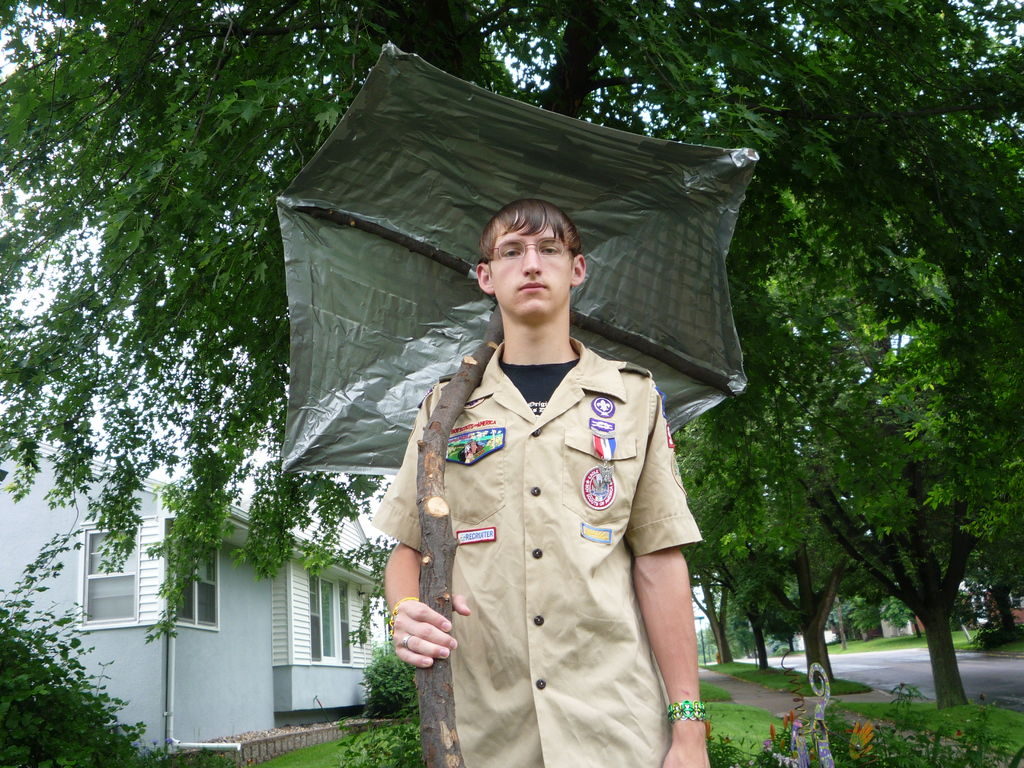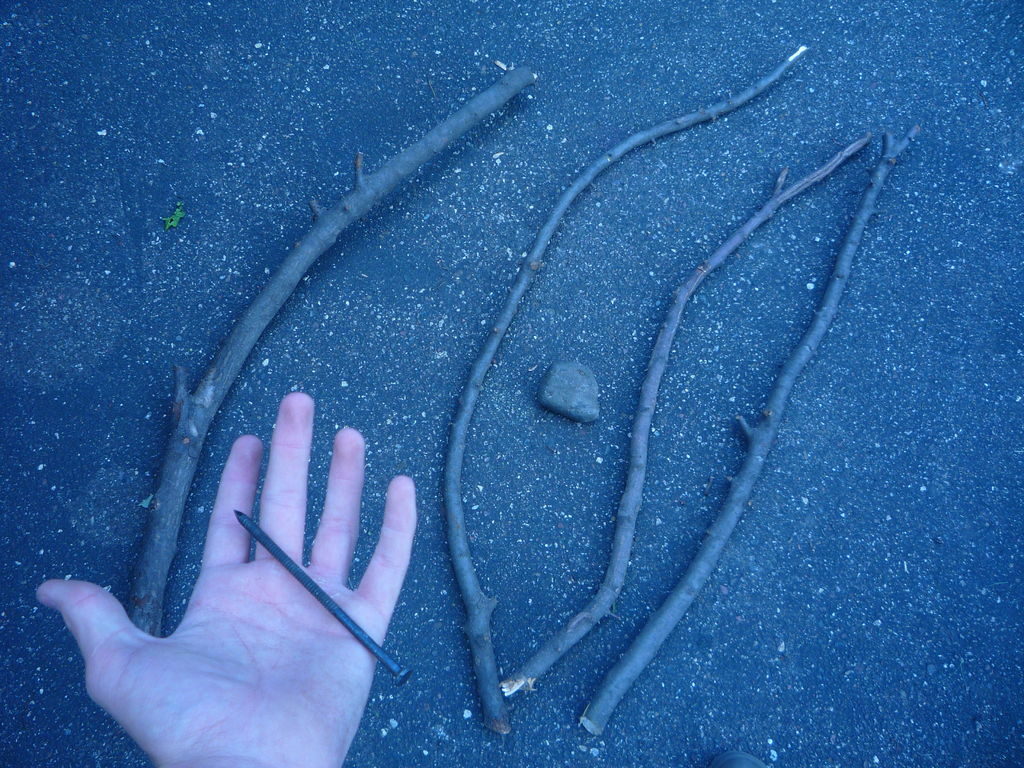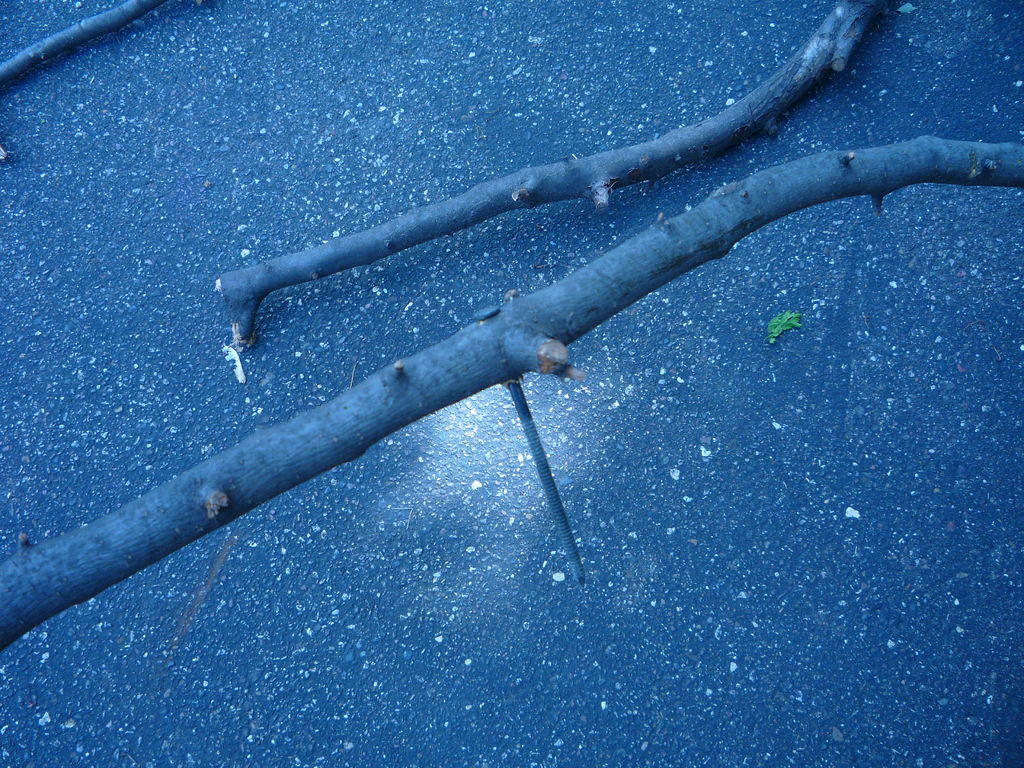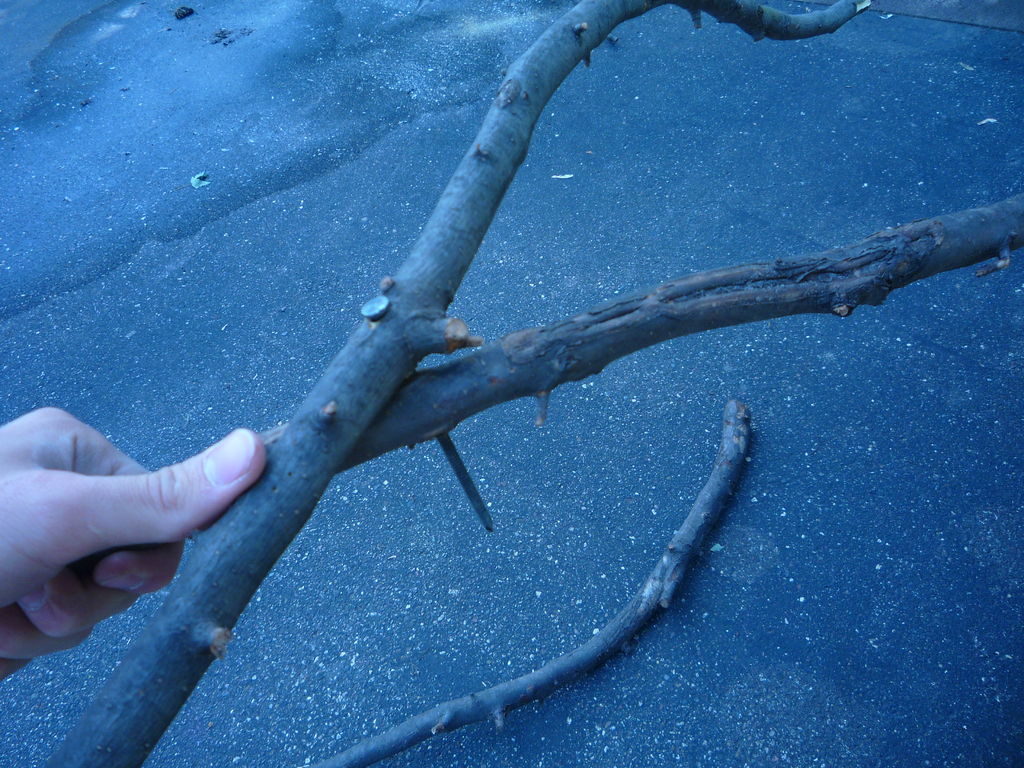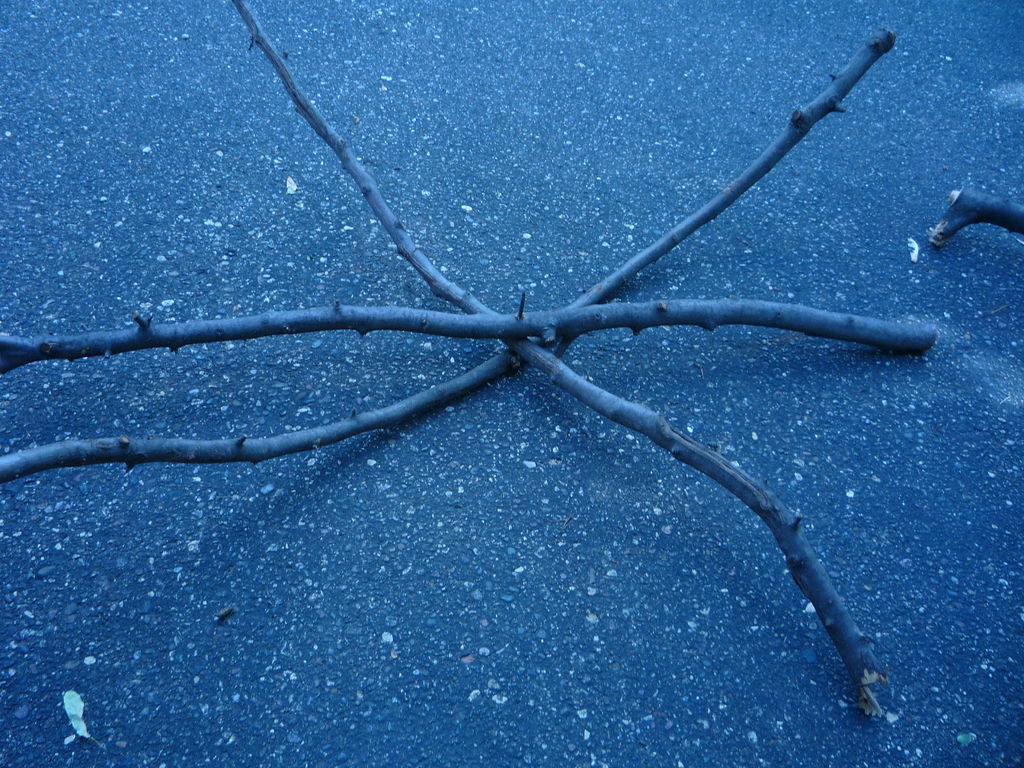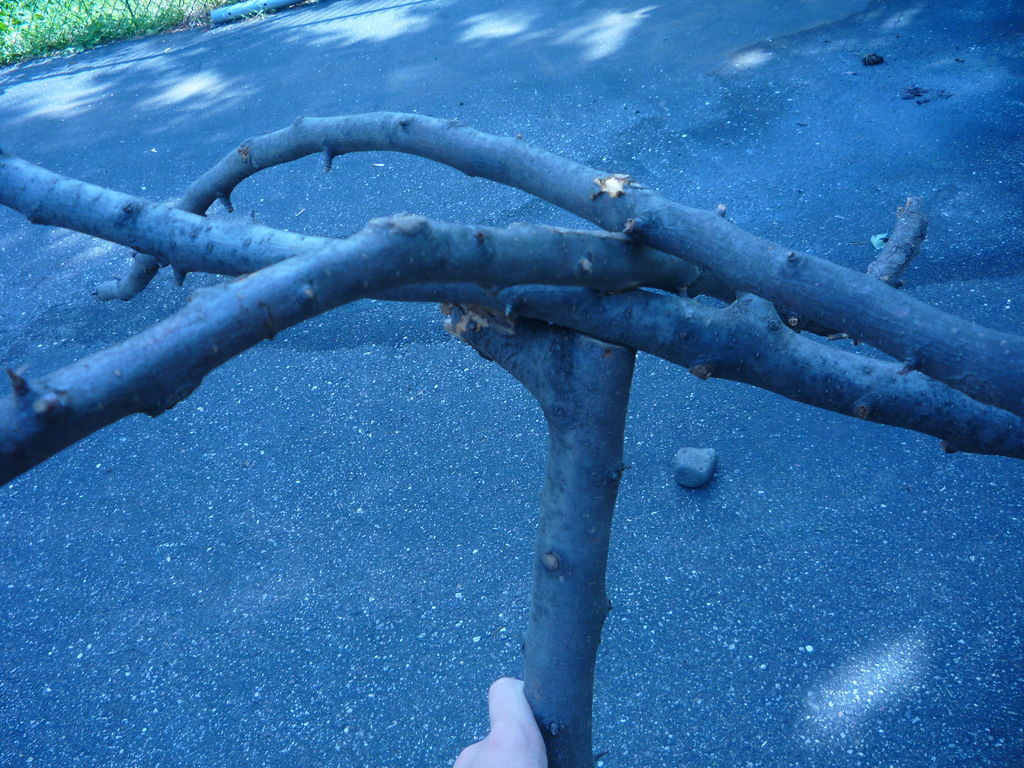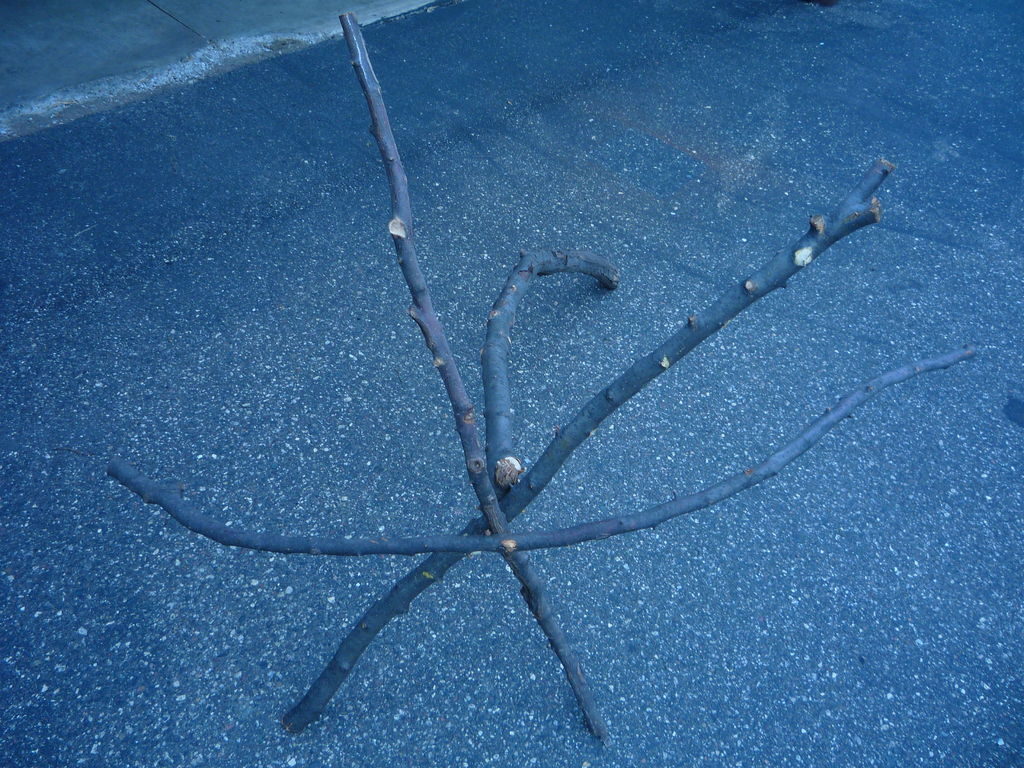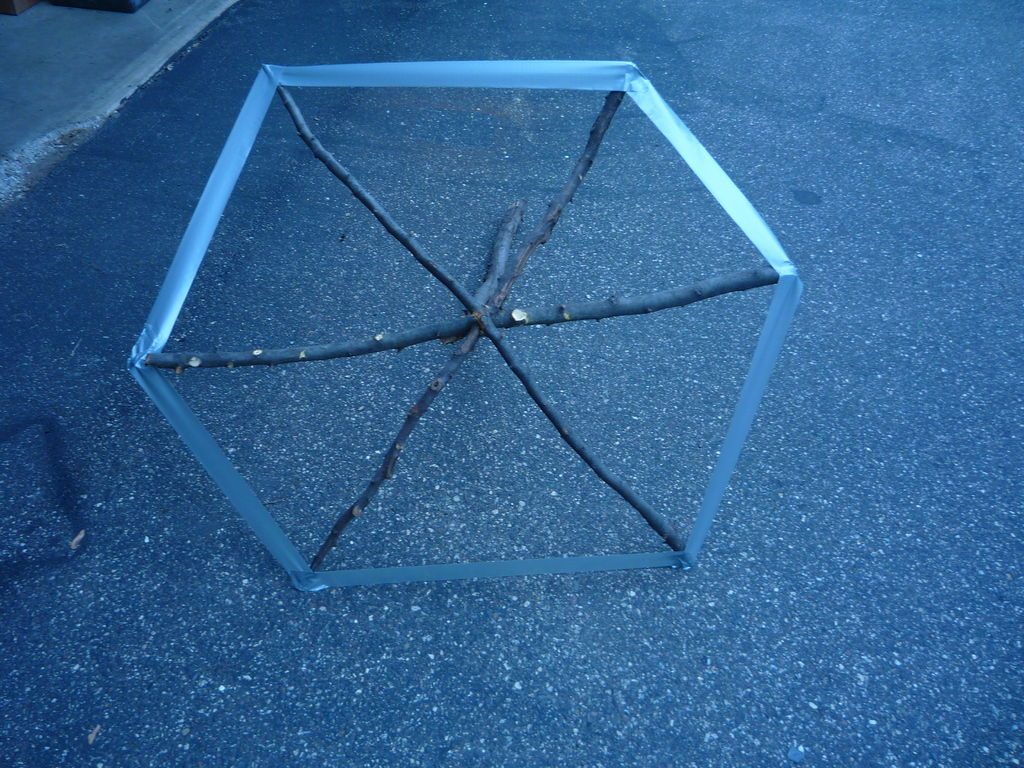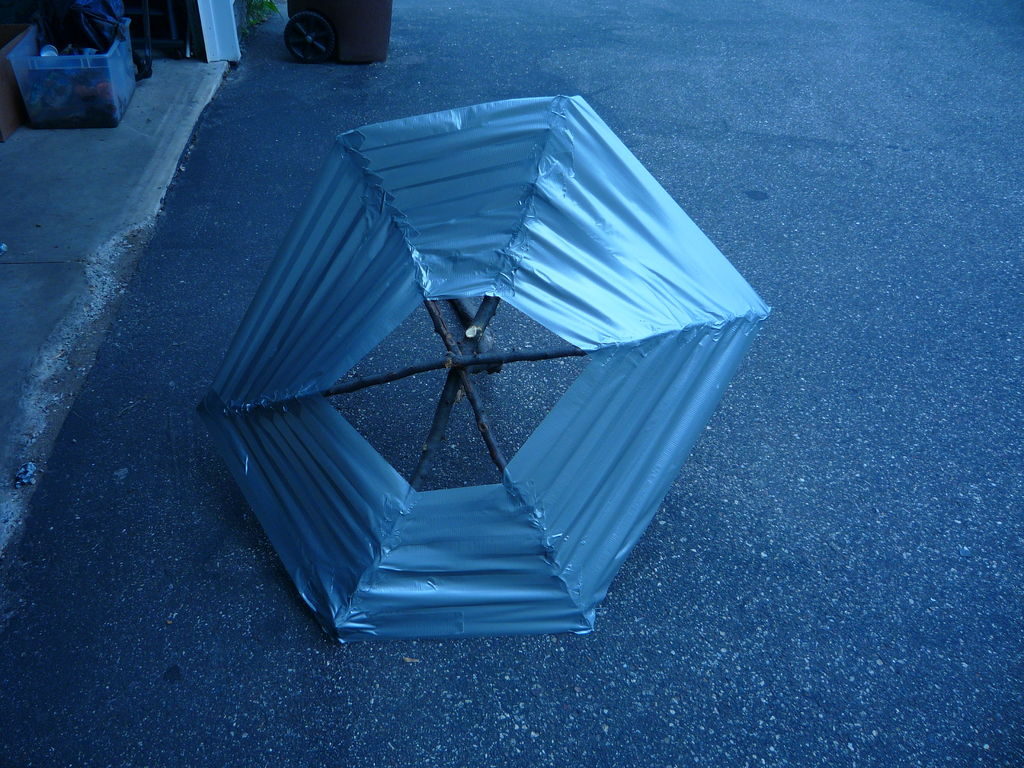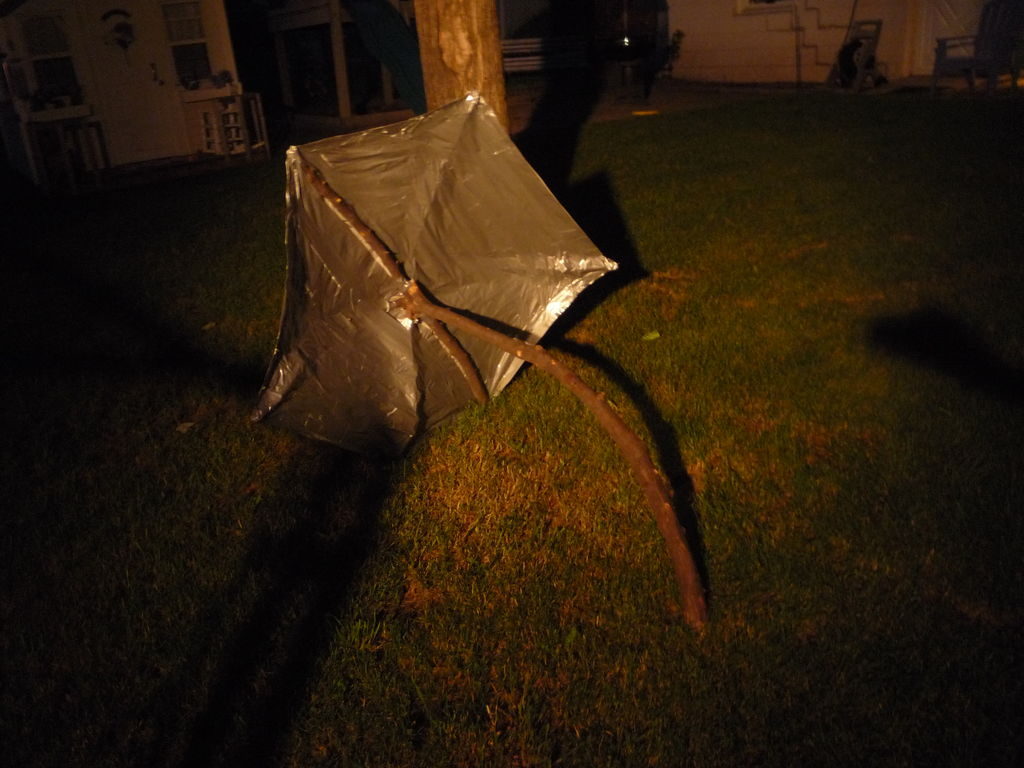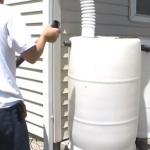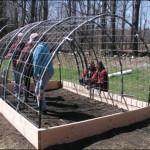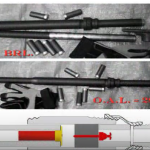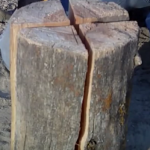How to Build an Improvised Survival Umbrella
I’ll be the first to admit that making a survival umbrella may not be the most practical project to get involved with. This is primarily due to the relatively-small amount of protection that they provide against rain. However, you never know when knowing how to make a rudimentary umbrella can make be beneficial in the field during a crisis. This is also a great project to use to get kids involved with preparedness, because it can teach them foraging and improvisational skills. Take a look at the following steps, and see how this project can be worth your time to put together.
Required Items
1 stick that is 3-5 feet long and at least 1 inch in diameter
2 sticks that are around ¾ inch in diameter and 3-5 feet long
1 stick for the handle that is also about 1 inch in diameter.
Rock or Hammer
1 Three inch long nail
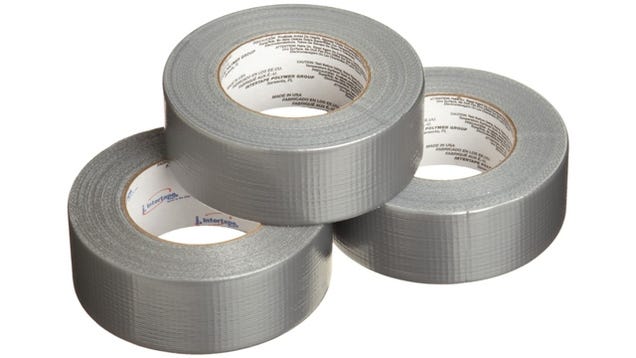
Roll of duct tape.
Getting Started
The first step is to choose the best sticks. They should be as straight and pliable as possible, with the bark still intact. You want sticks that will be able to support the frame of the umbrella, along with the duct tape, while also resisting wind and rain at the same time. Sticks with slight curves are ideal, but it’s important to find “matching” pieces as you forage.
The stick for the handle can be as long and thick as you like it, as long as it can fit comfortably in your hand. However, shorter sticks will produce a little bit more stability as you are carrying the umbrella. Remove any branches, stubs or other protrusions from the bottom half of the branch in order to protect yourself from getting injured while using the umbrella later.
Assembling the Frame
Take the two thinner sticks and place them on the ground so they intersect in the shape of a cross. If they are curved, make sure they are facing the same direction. Center the sticks and nail them together with a rock or hammer. Try to use a rock as this will provide a realistic scenario that involves choosing the right one for the job out in the field.
Place the long stick (not the one for the handle), and lay it on the ground beneath the smaller sticks. Position it so that its curvature is also facing the same direction, center it and nail all three sticks together. Make sure that there’s enough of the nail protruding from the bottom to use for anchoring the frame to the handle. If not, then you will probably need a smaller main stick in order to attach everything securely. The outer edge of the finished product should have six evenly-spaced “spokes” when you’re done.
To attach the handle, try and shape the end of the stick to match and fit around the frame as snug as possible. This will reduce the amount of nail that you need to keep everything connected, and it will also add to the structural integrity of the umbrella. It may be easier to attach the handle after you line the frame with duct tape, but you can do it now if you prefer.
Attaching the Tape
Attaching the tape to serve as the “fabric” of the umbrella is pretty straightforward. You want to connect the outer edges of two spokes with a strip of tape with the sticky-side down. Keep connecting until all of the spokes are joined together. Continue to attach strips of tape to each segment, slightly overlapping each layer as you work your way inward. Keep repeating until you reach the center. Once you get near to the center, you can just add a few strips of tape from any direction to completely cover the frame.
Consider adding some tape beneath the frame in evenly-spaced intervals along and between each branch for more strength. You should also add a couple of strips to where the handle meets the frame as well. Finally, if you want some additional comfort, wrap some tape around the base of the handle, or attach some fabric to serve as a hand hold.
This gives you a general idea of the overall process, and there are a lot of ways that you can modify and improve on this rudimentary design. This is a great way to turn ordinary items into something very useful, and it gives kids a chance to develop their skills. Try it for yourself, and see how this practical project can also be used as a very good teaching tool.


